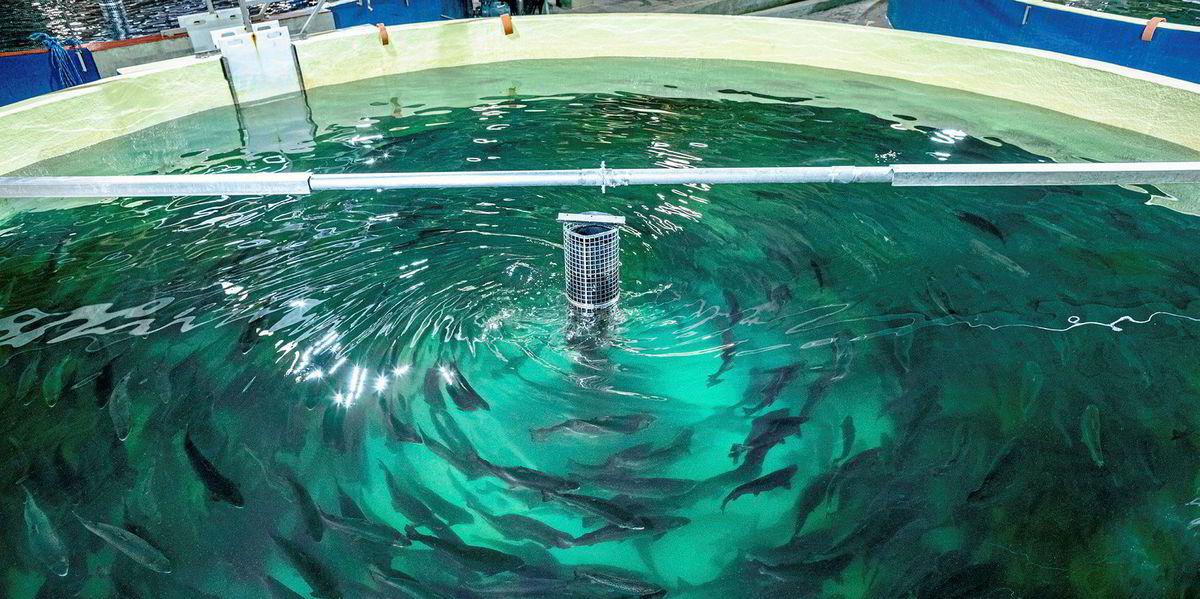Photo: Pure Salmon
The major source and explanation of this toxic gas in RAS-systems is the use of seawater in the water intake and the subsequent bacterial degradation of the sulfate present in the seawater producing H2S as a by-product. Can a membrane technology from the oil industry be the solution?
Several KABIS’ industry partners and R&D personnel has formed a research project in cooperation with the technology-provider Enwa Water Technology AS to explore the possibility to use Enwa’s innovative membrane technology to remove sulfate from the seawater. This membrane technology, which today is in commercial use in the oil industry, uses nanofiltration to reduce the presence of sulfate in seawater to a minimum. If the project succeeds, it will not only dramatically reduce the risk of H2S related fish deaths, but also fish sickness caused by parasites, bacteria, and virus.
The project on H2S runs from 2019 to 2021 with a project consortium consisting of project owner Enwa Water Technology AS, and project leader Åsa Åtland from Norwegian institute for water research, industry partner Hardingsmolt AS, national R&D partners NORCE and The University of Bergen, and international R&D partner University of Stirling (Scotland).
For more information, contact sigurd.handeland@uib.no
Read more at https://prosjektbanken.forskningsradet.no/#/project/NFR/296545
KABIS aims to further develop research and higher education within new and sustainable aquaculture systems. NCE Seafood Innovation has been an active partner since the beginning. Read more about the cluster’s contribution here.
